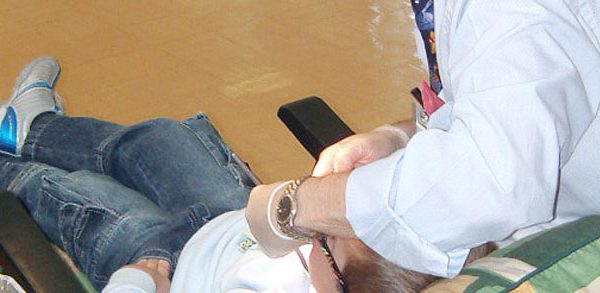Uses of survey data
Health Surveillance
Health surveillance is the monitoring through ongoing checks to identify when challenges to health may be emerging. According to the World Health Organisation surveillance can act as an early warning of impending problems; document the impact of an intervention or progress towards specified goals; and to monitor the epidemiology of public health problems, allowing priorities to be set (WHO http://www.who.int/topics/public_health_surveillance/en/ ).
Simple monitoring of disease does not require perfect information. Indeed, the BASCD caries criteria identifies visually obvious caries into dentine and therefore slightly under-estimates the true caries burden by missing caries into dentine which is not obvious to the eye. However, provided the method used is consistent over time the finding that caries is rising, falling or stable within a population will reflect the true trend. The key here is to understand what the trend is and whether it suggests a need to take action.
Oral Health Surveillance in the UK
Caries monitoring in the UK is undertaken through surveys undertaken over a 4-year cycle by the NHS in the UK countries and supported by BASCD.
Wider monitoring of trends in oral health of adults and children in the UK has been undertaken through the decennial UK Adult Dental Health surveys and Child Dental Health surveys.
Needs assessment – data for planning
Needs assessment includes describing the disease levels in the local population and making comparison within and beyond the local population. This comparison supports decisions on what to consider prioritising as problems to be addressed. Thus, data on disease and its impact is needed for needs assessment.
The next stage of needs assessment involves potential responses to potential priority health challenges. If there is nothing you can do this is not a priority to address. For oral health problems we often have the opposite problem of different potential treatment options for which traditional disease indicators do not have an answer. For example, Decayed Missing and Filled tooth data the Missing component does not indicate which of the following might be an appropriate treatment response:
- Do nothing
- Replace the tooth with an adhesive bridge
- Replace the tooth with a conventional bridge
- Replace the tooth with an implant
- Replace the tooth with a tissue-borne denture
- Replace the tooth with a tooth-born denture
If you are planning a needs assessment and you are not sure that the data from the traditional disease indicators will indicate an appropriate treatment response you should consider whether there is a need to collect some treatment need opinion from the examining dental staff alongside the disease data.



